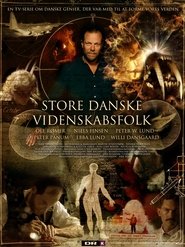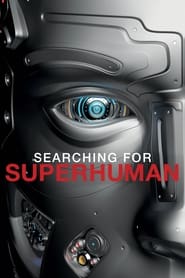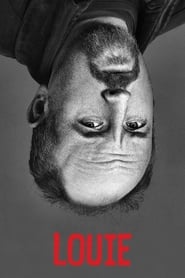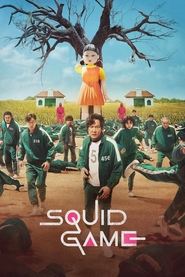Overview: Conjoined twins are among the rarest of human beings. There are probably fewer than a dozen adult pairs living in the world today. Only a few hundred pairs of conjoined twins are born in the whole world each year - they appear about once in every 100,000 births - but more than half of them are stillborn, and one in three live for only a few days.
Of those who survive, a very small number will be selected for separation surgery. But as there are few hospitals with the skills and experience to perform this kind of surgery, separation is still a very unusual event. The harrowing decisions which surgeons have to make when faced with conjoined twins have been highlighted by the recent case in Manchester, England. Separating conjoined twins is not only technically challenging; it can involves life and death decisions about whether one twin should be sacrificed in the hope of saving the other. But "sacrifice surgery" has a poor record of success, and the Manchester case is the latest round in an international debate about the value of separation operations.
The confidence of the surgeons, who believe that separation is essential, is challenged by medical historian, Dr Alice Dreger of Michigan State University. She argues that twins themselves might take a different view - if they were ever given a chance to express it.
Horizon interviews two pairs of adult conjoined twins - Lori and Reba Schappell in Pennsylvania and Masha and Dasha Krivoshlyapova in Moscow. Lori and Reba are joined at the head; Masha and Dasha are joined in their lower body. They say that they prefer their conjoined lives, despite the problems and challenges, rather than face the risks of separation surgery.
Lori and Reba live independent lives in their own apartment in Pennsylvania; Lori enjoys working with computers and Reba is developing a career as a country singer. Masha and Dasha had a difficult childhood; they were subjected to medical experimentation when they were very young and hidden away from the public. Since the end of the communist era they have been able to tell their story. Their autobiography is being written by a British journalist, Juliet Butler.
Horizon also follows surgeons at the Red Cross Children's Hospital in Cape Town, Africa as they plan to separate eight month old twins, Stella and Esther Alphonce. The baby girls are joined at the hip, and the surgeons have little doubt that they can and should be separated, even though the operation carries risks of disability for the twins. Historically conjoined twins who were not, or could not be separated have lived successful lives, even if this involved putting themselves on public display. The original Siamese twins, Chang and Eng Bunker, were joined by a narrow strip of flesh and could easily be separated today.
Like Millie and Christine McCoy, who also lived in the USA in the middle of the last century, they earned fame and fortune touring the world. But life for conjoined twins has never been easy, Millie and Christine were kidnapped and sold several times in their childhood. The British conjoined twin sisters, Violet and Daisy Hilton, provoked a scandal in the USA when one of them tried to get married. They did eventually marry, but they were never separated. The tragedy for conjoined twins who spend their lives together is that they inevitably die together too. When one twin dies, the heart of the other twin keeps pumping until he or she is drained of blood.
Is this another reason why twins should be separated when they are young? There are no simple answers, because every pair of twins is unique.




































